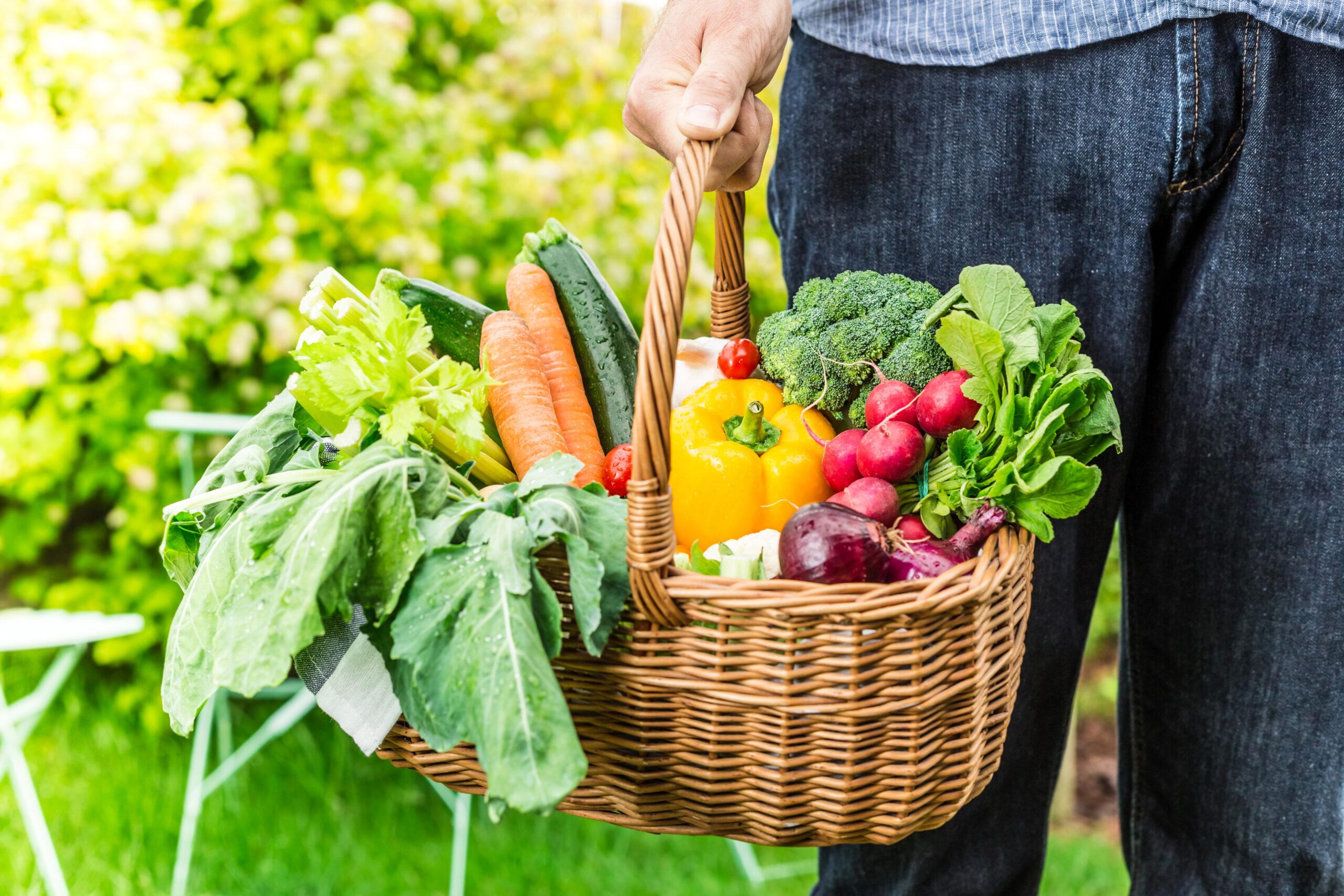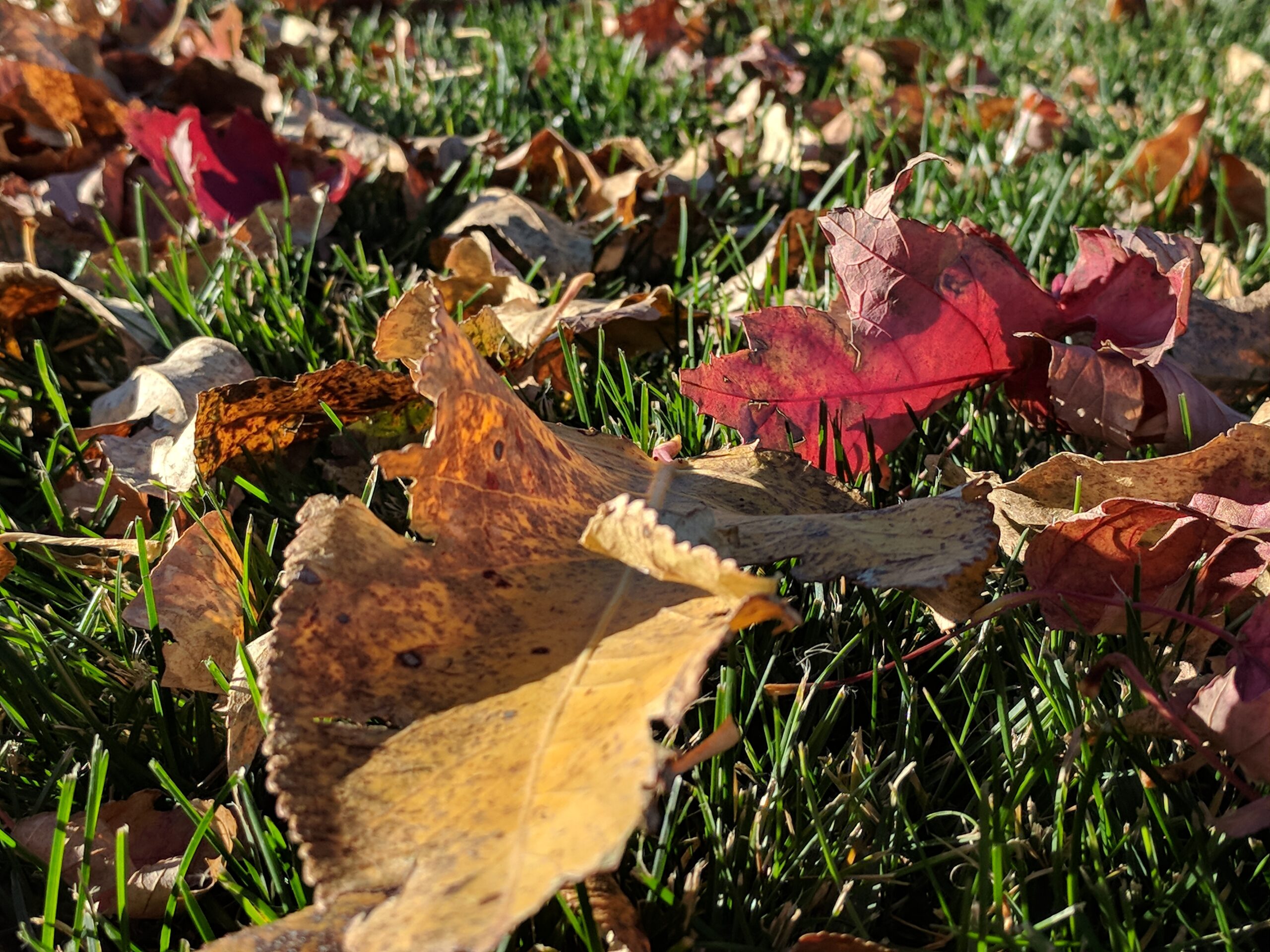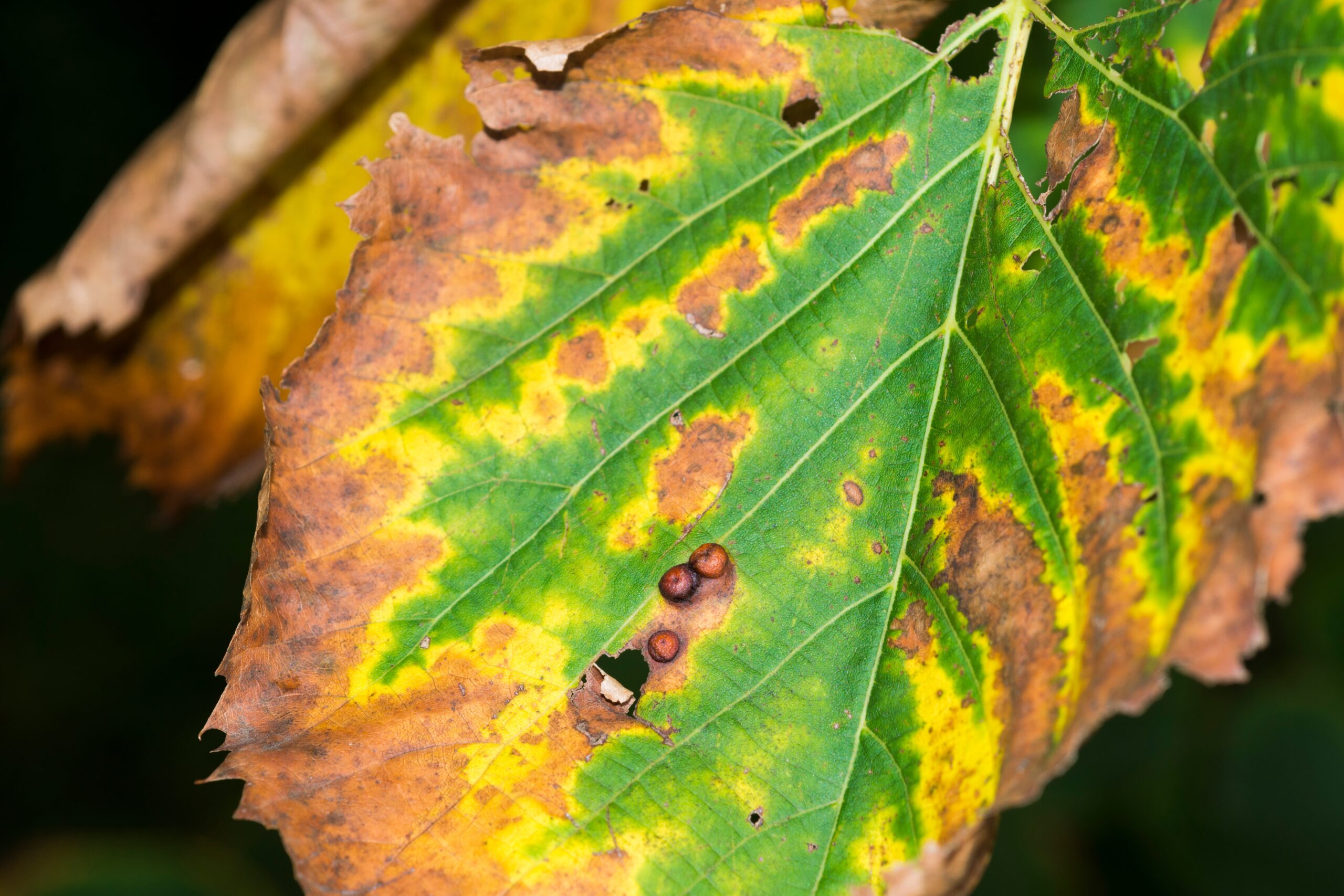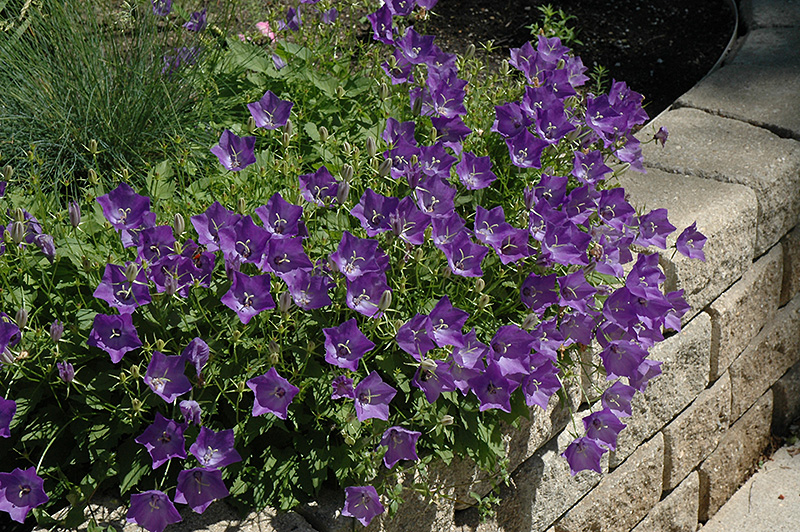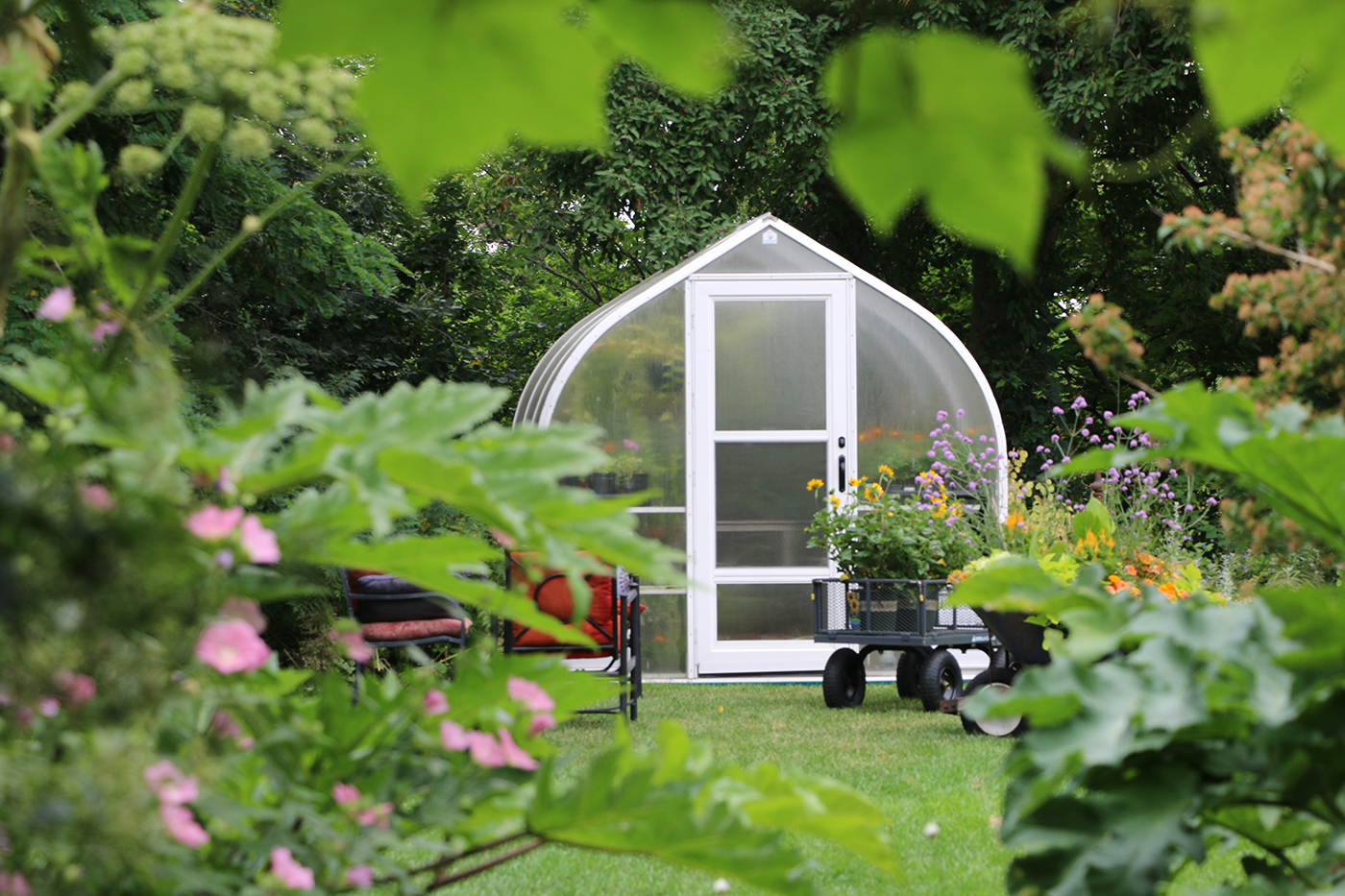Judging from the picture above, you might think this blog is about a beautiful veggie harvest. It’s not. It’s about hydration. Not watering or hydrating our plants. It’s about hydrating ourselves when we garden in the heat. I chose that picture because every single vegetable you see in the lovely basket… the cucumbers, peppers, carrots, radishes, and greens… every one of them can help keep us safer while we’re gardening. Each of those veggies gets an A+ for water content… for being “water-rich.” When we include these foods in our diet, especially when it’s hot, we’re helping protect our bodies from what could be serious medical issues.
Good hydration isn’t just about what we drink!
Don’t get me wrong. About 80% of proper hydration comes from drinking liquids. Water, most importantly, but other liquids matter, too. Juices, sports drinks… even coffee and tea, in moderation. The diuretic effects of modest amounts of caffeine… maybe two or three servings a day… isn’t really a problem. (Note: energy drinks with their mega doses of caffeine are not appropriate for hot-weather hydration!) Even milk, especially skim milk, is an excellent source of water.
So we know it’s important to drink water and other fluids, but what about eating “water-rich” foods? In the best of all worlds, these foods make up the remaining 20% of the hydration we need when the weather begins to sizzle. I was surprised to learn how many of the foods that many of us grow in our gardens are terrific sources of good hydration. It’s these same fruits and vegetables that we should try to include in our summer diets.
Let’s take a look at the numbers
The people who study such things have calculated the water content of foods that happen to be easy to grow, even in our challenging Front Range conditions. And the clear winner? Cucumbers!
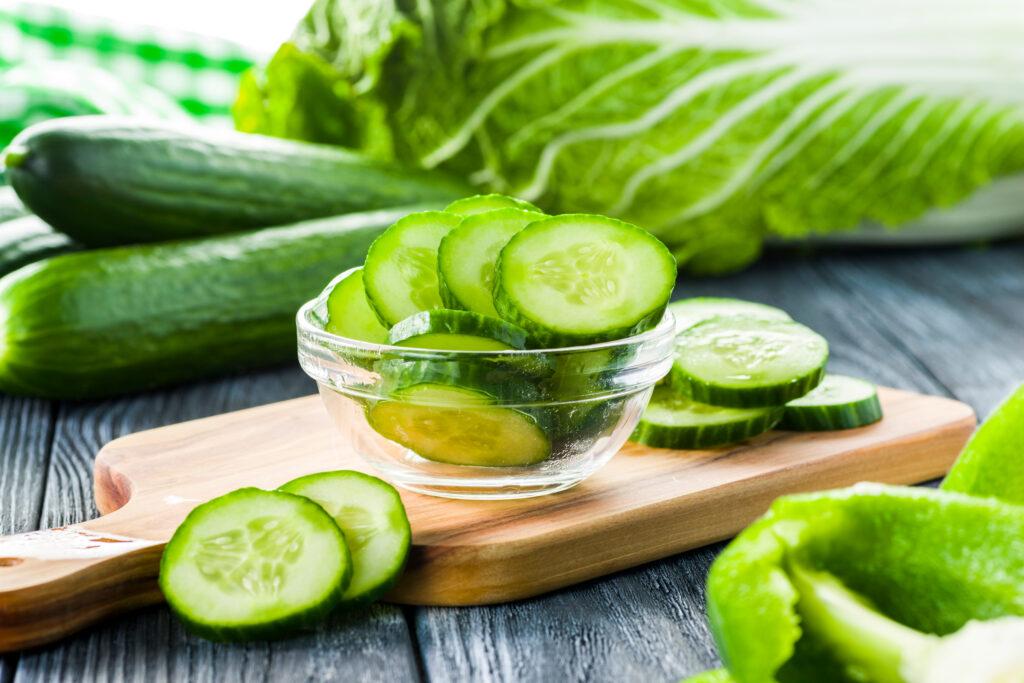
I’ve always loved cucumbers for their fresh and juicy taste and texture. I’d never thought of them as water-rich vessels for good health, but I was missing the boat! Cukes are at the top of the list of hydrating fruits and veggies because they are 96% water! Now I love them even more!
Cucumbers’ stellar score is just the beginning!
Take a look at some of the other homegrown favorite vegetables that are brimming with water.
Lettuces, including iceberg and Romaine: 96% water
Celery: 95%
Radishes (this one surprised me): 95%
Tomatoes and summer squash: 94%
Asparagus: 93%
Melon (especially watermelon): 90-92%
Spinach, strawberries: 92%
Broccoli (especially cooked): 92%
Bell peppers (especially green): 92%
Cabbage (especially bok choy): 92 to 96%
In addition, many Front Range garden fruits score in the mid-to-upper 80’s, including pears and apples. Peaches and other stone fruits are good choices, too.
Moving from what to eat in hot weather to how to eat
From the Mayo Clinic to the UCLA Medical Center, the message is clear: Hot-weather meals should focus on light and hydrating foods, such as those shown above. Avoid heavy foods like large portions of meat or fried foods that take more energy for your body to digest.
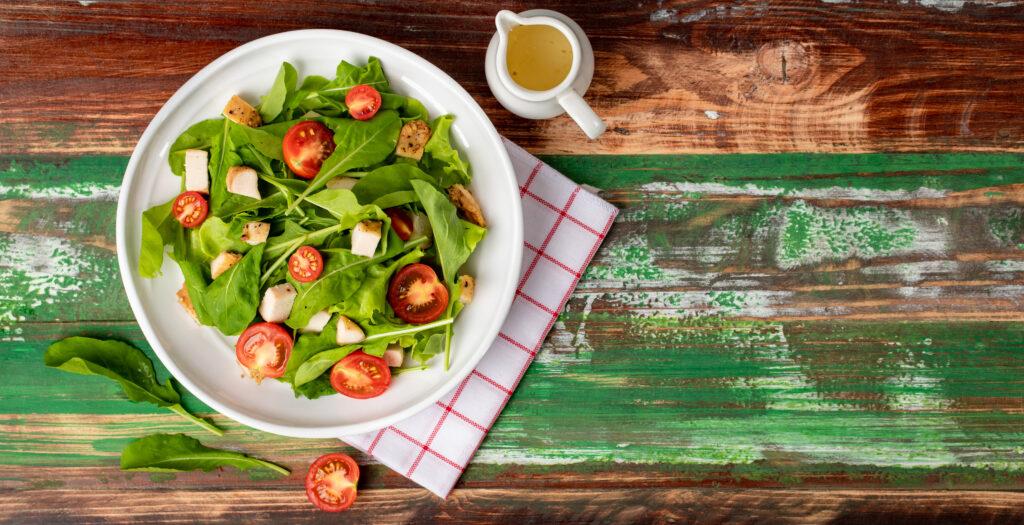
Medical experts also recommend getting away from the idea of “three solid meals a day” when the weather is hot. Instead, practice the art of “grazing.” Eat smaller meals, perhaps four or five times a day. That grazing is especially rewarding when you’re growing the hydrating and healthy food you’re enjoying.
A few closing thoughts
My husband, Skip, has worked in construction safety for decades. He also has several years of experience as a paramedic. I picked his brain for the less-than-obvious tips that help protect people who work outdoors in the heat, including gardeners.
Clothing: The ambient air temperature in the shade can be as much as 15 to 18 degrees cooler than in the sun. Light-colored, long-sleeved, and loose-fitting shirts and pants that keep the sun’s rays off of your skin will keep you cooler by simply shading your skin from direct sun. Fabrics that wick away sweat can be especially helpful on hot days. Their ability to absorb and wick away sweat enhances evaporation, which keeps our bodies cooler.
Medications: Medications that treat conditions like high blood pressure, diuretics, and even cold meds can increase our sensitivity to heat and dehydration. When in doubt, ask your doctor if any medications you’re taking could interfere with your body’s ability to handle the heat.
Fluids: The amount of daily hydration we need is not a one-size-fits-all calculation. Adequate hydration can vary with age, weight, sex, metabolism, activity level, and overall health. A very general guideline of appropriate water intake, from liquids and water-rich foods, is this: take your weight and cut it in half. That’s how many ounces of water you’re likely to need to maintain proper hydration.
By that formula, a 135-pound woman would need about 8.5 cups of fluids on an average day, even more when she’s gardening on a hot day. Again, that includes what she drinks and what she eats. I’m guessing not many of us meet that guideline, but focusing on the water-rich foods listed here should make it easier, more satisfying, and especially nutritious at the same time! Stop by Tagawa Gardens today to learn more from our knowledgable team!
